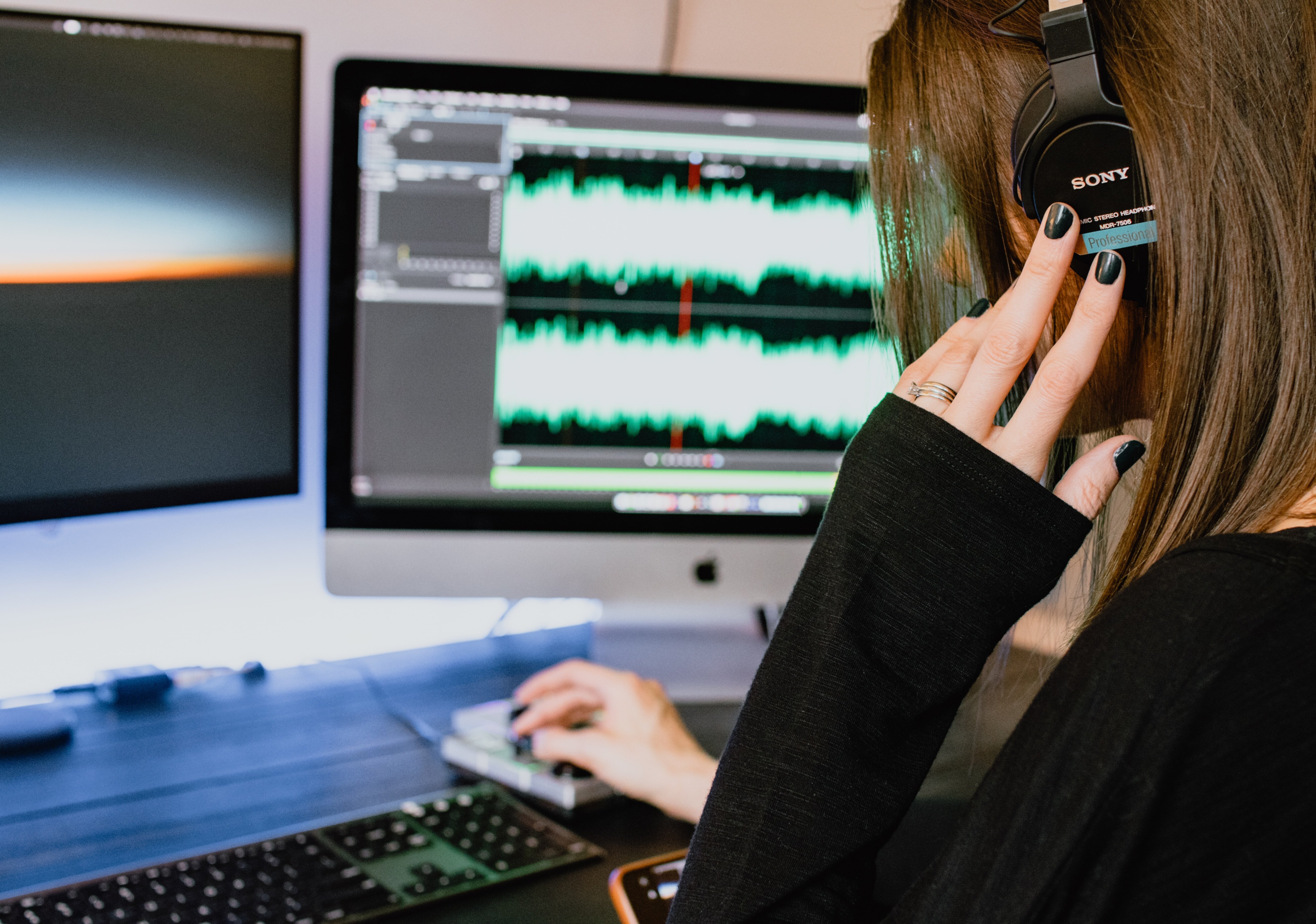Voice Cloning Technology Enhances Dramatic Monologue Performances for Female Actors

The recent advancements in audio synthesis, particularly concerning vocal replication, present fascinating new avenues for artistic expression. I’ve been tracking the progression of deep learning models applied to voice generation, moving far beyond the robotic outputs of just a few years ago. What’s particularly intriguing right now is how this technology intersects with established, highly specialized performance arts, such as the dramatic monologue traditionally performed by female actors. We are moving past simple text-to-speech and into a domain where emotional texture and subtle vocal imperfections can be accurately mapped and reproduced.
Consider the sheer preparation time involved in mastering a lengthy monologue, often requiring months of physical and vocal conditioning to maintain consistency across multiple performances or recordings. If we can accurately capture the unique timbral qualities and learned performance inflections of an actor, we introduce a powerful tool for rehearsal, archival, and even live staging in scenarios where physical presence might be limited. It raises immediate questions about authenticity, of course, but from a purely technical standpoint, the fidelity achieved in capturing a specific actor's voice print is now astonishingly high. Let's examine what this means practically for the craft itself.
One area where this synthetic capability shows immediate utility is in the prototyping phase of theatrical production. Imagine a director needing to test how a particular monologue, say Lady Macbeth's sleepwalking scene, sounds delivered with the precise vocal weight and cadence of a specific, highly regarded actress, without requiring that actor to be present for every single blocking session. The system ingests hours of recorded speech—interviews, previous performances, even casual readings—and constructs a functional, expressive digital twin of that voice. This digital voice can then be fed new text, maintaining the learned emotional range and acoustic properties of the source performer. I find the ability to isolate and manipulate specific vocal parameters, like breath control or the slight rasp associated with emotional strain, to be technically remarkable. It allows for a level of vocal experimentation that was previously impossible without physically taxing the human performer repeatedly. Furthermore, for archival purposes, preserving the exact sonic signature of a legendary performance becomes a tangible reality, not just a theoretical aspiration preserved on aging magnetic tape. We are essentially creating high-fidelity vocal proxies capable of rendering complex dramatic text.
However, we must pause and consider the ethical and artistic friction points this technology introduces, especially concerning female performers whose voices are often subject to intense scrutiny and expectation. If a performance is ultimately delivered using a synthesized version of an actor's voice, where does the ownership of that specific vocal interpretation reside? Is the synthesized output merely a sophisticated tool, akin to a digital microphone, or does it become a new performance entity entirely separate from the human source? From an engineering viewpoint, the current models are excellent at mimicking the *sound* but still struggle with the spontaneous, context-driven shifts in intent that define truly great live acting. The technology excels at replicating learned patterns, the 'how' of the delivery, but the 'why' still originates with the human script interpretation. We are observing a transition where the actor’s vocal identity becomes a transferable asset, which demands careful legal and artistic frameworks to govern its use beyond the initial recording session. It’s a fascinating juncture where silicon meets Shakespeare, demanding we rethink what constitutes a "live" vocal performance.
More Posts from clonemyvoice.io:
- →Voice Cloning in Animation How Aulii Cravalho's Moana Performance Shaped Future Voiceover Techniques
- →Voice Acting Databases in 2024 7 Key Metrics That Define Modern Talent Discovery
- →The Essential Voice Actor's Toolkit 7 Must-Have Items for Your Home Studio Setup
- →Voice Acting Tutorial Mastering the Brooklyn Accent Through Scientific Phonetic Analysis
- →The Rise of Micro-Niche Voice-Over Specializations in 2024
- →The Evolution of Voice Technology From Tickle Me Elmo's Laughter to Modern Voice Synthesis